



2025
M. Lefèvre, M. Cerminara & A. Costa, Eruption column modeling of explosive volcanism on Venus, Journal of Geophysical Research: Planets, 130, e2025JE009320 (2025)
[ Journal website | arXiv ]
M. Lefèvre, S. Lebonnois, A. Spiga and F. Forget. The effect of near-surface winds on surface temperature and dust transport on Venus, JGR: Planets, 130 (2025)
[ Journal website | arXiv ]
J. A. Dias, P. Machado, S. Robert, J. Erwin, J. C. Duarte, D. Quirino, M. Lefèvre and C. F. Wilson. Volcanic Gas Plumes' Effect on the Spectrum of Venus, Icarus, 116589 (2025)
[ Journal website ]
A. Braude, L. Kerber, F. Lefèvre, A. Y. Jaziri, S. S. Hamid, M. Maurice, M. Lefèvre, E. Millour and F. Forget. Modelling the effect of volcanic outgassing of sulphur on early Martian surface temperatures using a 3-D Global Climate Model, Icarus, 436, 116568 (2025).
[ Journal website | ADS link ]
C. Gillmann, G. Arney, G. Avice, M. Dyer, G. Golabek, A. Gulcher, N. Johnson, M. Lefèvre and T. Widemann. Venus, Treatise on Geochemistry (Third Edition), Volume 7, 289-323. (2025)
[ Journal website | arXiv ]
2024
Garcia, R. F., I. van Zelst, T. Kawamura, S. P. Näsholm, A. Horleston, S. Klaasen, M. Lefèvre, C. M. Solberg, K. T. Smolinski, A.-C. Plesa, Q. Brissaud, J. S. Maia, S. C. Stähler, P. Lognonné, M. Panning, A. Gülcher, R. Ghail, and B. De Toffoli. Seismic wave detectability on Venus using ground deformation sensors, infrasound sensors on balloons and airglow imagers, Earth and Space Science, 11, e2024EA003670. (2024)
[ Journal website | ADS link ]
T. Encrenaz, T. K. Greathouse, R. Giles, T. Widemann, B. Bézard, F. Lefèvre, M. Lefèvre, W. Shao, H. Sagawa, E. Marcq and A. Arredondo. Stringent upper limits of minor species at the cloud top of Venus: PH3, HCN, and NH3, Astronomy & Astrophysics, 690, A304. (2024)
[ Journal website | ADS link ]
J. Leconte, A. Spiga, N. Clément, S. Guerlet, F. Selsis, G. Milcareck, T. Cavalié, R. Moreno, E. Lellouch, Ó. Carrión-González, B. Charnay and M. Lefèvre. A 3D picture of moist-convection inhibition in hydrogen-rich atmospheres: Implications for K2-18 b, Astronomy & Astrophysics, 686, A131. (2024)
[ Journal website | ADS link | arXiv ]
M. Lefèvre, F. Lefèvre, E. Marcq, A. Määttänen, A. Stolzenbach and N. Streel. Impact of the Turbulent Vertical Mixing on Chemical and Cloud Species in the Venus Cloud Layer, Geophysical Research Letters, 86, 115148. (2024)
[ Journal website | ADS link | Bibtex entry ]
C. Wilson, E. Marcq, C. Gillmann, T. Widemann, O. Korablev, N. Mueller, M. Lefèvre, P. Rimmer, S. Robert, M. Zolotov and T. Widemann. Possible Effects of Volcanic Eruptions on the Modern Atmosphere of Venus, Space Science Reviews, Chapter part of Venus: Evolution Through Time collection, 220, 31. (2024)
[ Journal website | ADS link | Bibtex entry ]
2023
E. Marcq, B. Bézard, J.-M. Reess, F. Henry, S. Érard, S. Robert, F. Montmessin, F. Lefèvre, M. Lefèvre, A. Stolzenbach, J.-L. Bertaux, G. Piccioni, and P. Drossart. Minor species in Venus’ night side troposphere as observed by VIRTIS-H/Venus Express, Icarus, 405, 115714. (2023)
[ Journal website | ADS link | Bibtex entry ]
T. Encrenaz, T. K. Greathouse, R. Giles, T. Widemann, B. Bézard, M. Lefèvre, and W. Shao. HDO and SO2 Thermal mapping on Venus. VI. An anomalous SO2 behavior during Autumn 2021, Astronomy & Astrophysics, 674, A199. (2023)
[ Journal website | ADS link | Bibtex entry ]
2022
M. Lefèvre, X. Tan, E. Lee, and R. T. Pierrehumbert. Cloud-convection feedback in brown dwarfs atmosphere, The Astrophysical Journal, 929, 153. (2022)
[ arXiv | Journal website | ADS link | Bibtex entry ]
M. Lefèvre, E. Marcq, and F. Lefèvre. The Impact of Turbulent Vertical Mixing in the Venus Clouds on Chemical Tracers, Icarus, 86, 115148. (2022)
[ arXiv | Journal website | ADS link | Bibtex entry ]
M. Lefèvre. Venus boundary layer dynamics: eolian transport and convective vortex ,Icarus, 387, 115167. (2022)
[ arXiv | Journal website | ADS link | Bibtex entry ]
2021
M. Lefèvre, M. Turbet, and R. T. Pierrehumbert. 3D cloud-convection model of temperate, tidally-locked exoplanets, The Astrophysical Journal, 913, 101. (2021)
[ PDF version | arXiv | Journal website | ADS link | Bibtex entry ]
X. Tan, M. Lefèvre, and R. T. Pierrehumbert. Convection Modeling of Pure-steam Atmospheres, The Astrophysical Journal Letters,923, L15. (2021)
[ arXiv | Journal website | ADS link | Bibtex entry ]
G. Mahapatra, M. Lefèvre, L. Rossi, A. Spiga, and D. M. Stam. Polarimetry as a tool for observing orographic gravity waves on Venus, The Planetary Science Journal, 2(3):96. (2021)
[ Journal website | ADS link | Bibtex entry ]
J. E. Silva, P. Machado, J. Peralta, F. Brasil, S. Lebonnois, and M. Lefèvre. Characterising atmospheric gravity waves on the nightside lower clouds of Venus: a systematic analysis, Astronomy & Astrophysics, 649, A34. (2021)
[ arXiv | Journal website | ADS link | Bibtex entry ]
T. Fauchez, et al. TRAPPIST Habitable Atmosphere Intercomparaison (THAI) workshop report, Planetary Science Journal., 2(3):106. (2021)
[ arXiv | Journal website | ADS link | Bibtex entry ]
2020
M. Lefèvre, A. Spiga, and S. Lebonnois. Mesoscale modeling of Venus' bow-shape waves, Icarus, 335-113376. (2020)
[ PDF version | arXiv | Journal website | ADS link | Bibtex entry ]
2018
M. Lefèvre, S. Lebonnois, and A. Spiga. Three-dimensional turbulence-resolving modeling of the Venusian cloud layer and induced gravity waves: inclusion of complete radiative transfer and wind shear, Journal of Geophysical Research (Planets), 123. (2018)
[ PDF version | Journal website | ADS link | Bibtex entry ]
O. Venot, Y. Bénilan, N. Fray,M.-C. Gazeau, F. Lefèvre, Et. Es-sebbar, E. Hébrard, M. Schwell, C. Bahrini, F. Montmessin, M. Lefèvre, and I. P. Waldmann. VUV-absorption cross section of carbon dioxide from 150 to 800 K and applications to warm exoplanetary atmospheres, Astronomy & Astrophysics, 609:a34. (2018)
[ arXiv | Journal website | ADS link | Bibtex entry ]
2017
M. Lefèvre, A. Spiga, and S. Lebonnois. Three-dimensional turbulence-resolving modeling of the Venusian cloud layer and induced gravity waves, Journal of Geophysical Research (Planets), 122:134--149. (2017)
[ PDF version | Journal website | ADS link | Bibtex entry ]















